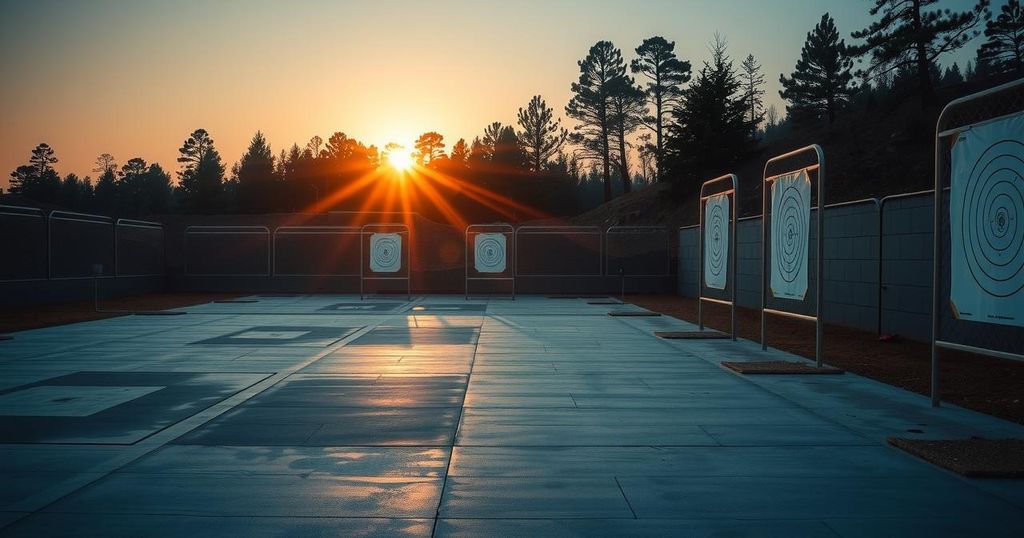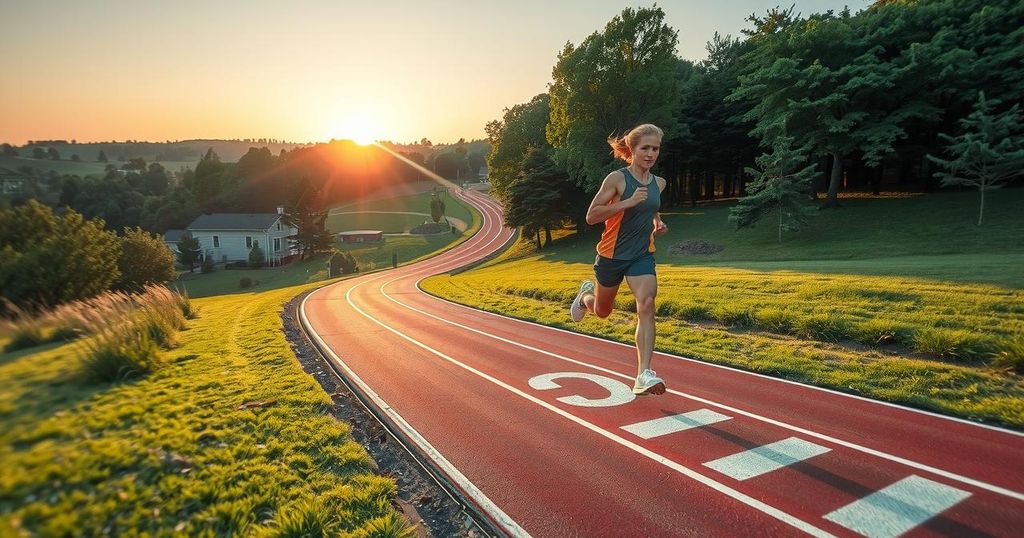Surge in Sports Club Memberships Post-Paris 2024 Olympics: Opportunities and Challenges
In the wake of the Paris 2024 Olympics, sports clubs across France have reported a dramatic increase in membership, with fencing rising by 25%, table tennis by 24%, and athletics by over 20%. However, clubs are struggling with facility limitations, leading to many prospective members being turned away. Notable comments from sports federation officials highlight the urgent need for infrastructural improvements to accommodate the rising interest in sports participation.
In the aftermath of the Paris 2024 Olympics, sports clubs in France are experiencing an unprecedented surge in memberships, reflecting the enthusiastic response to the exceptional performances of athletes like Léon Marchand, Teddy Riner, and the Lebrun brothers. Reports from various sports federations reveal double-digit growth in membership numbers across multiple disciplines, with fencing gaining an impressive 25%, table tennis seeing a 24% increase, and athletics registering over 20%. Notably, athletics has markedly increased participation even after a modest medal tally, thanks to strong community interest. Archery clubs have similarly enjoyed success, reporting a 16% uptick in memberships in Issy-les-Moulineaux, which has overwhelming demand for new memberships. Sandra Hervé, a coach at an archery club, articulated the impact of the Olympic effect, noting that their registration quota was filled in less than an hour, forcing them to turn away new applicants. In Tours, the volleyball club has witnessed a rise in registrations fueled by the French team’s back-to-back Olympic victories and the return of star player Earvin Ngapeth, leading them to decline membership from over 100 interested individuals. Swimming clubs across Marseille, Antibes, and particularly Toulouse—Léon Marchand’s hometown—are reporting similar challenges, with 13% growth and an overwhelming number of rejected requests, with clubs like TOEC barring 400 hopeful swimmers. “Our frustration is total,” lamented Laurent Ciubini, general director of the Swimming Federation, as he described the unfortunate decline in available swimming facilities due to energy crises and lack of investment. Despite anticipated demand, many sports clubs are struggling with limited capacity and dwindling facilities. The government had previously launched a “1,000 pools” initiative in the late 1960s, and now, the Swimming Federation is urging for a new renovation plan dubbed the “Léon Marchand Plan,” calling for upgraded education facilities and aquatic centers to ensure that children learn to swim and prevent drowning incidents. Additionally, the federation is considering the establishment of modular pools to alleviate capacity issues. Judo organizations have reported a successful integration of increased membership through the “1,000 dojos” initiative set for 2026, with 400 dojos operational and offering community-based access. Thus, while the Olympic Games have undeniably inspired a newfound interest in sports across various disciplines, they have concurrently revealed significant infrastructural needs that must be addressed to sustain this enthusiasm.
The Paris 2024 Olympics have not only marked a significant event in the sports calendar but have also sparked an enthusiastic response from the public towards participating in various sports. The Olympics traditionally motivate individuals to engage in sports through increased visibility and national pride encouraged by standout performances from athletes. The phenomenon known as the ‘Olympic effect’ typically results in heightened interest and participation, and the current surge in memberships at sports clubs is a direct manifestation of this effect. However, this increase in participation comes with its set of challenges, including facility constraints and the need for improved sports infrastructure, which needs urgent attention from local governments and sporting federations.
In summary, the aftermath of the Paris 2024 Olympics has catalyzed an exceptional increase in memberships across various sports clubs in France, showcasing the successful influence of elite athletic performances on grassroots participation. However, alongside this surge, sports federations are confronting critical infrastructure challenges that threaten to diminish access and the capacity of training facilities. The ongoing efforts to develop new frameworks and renovation plans are essential to sustain this newfound engagement in sports at the community level.
Original Source: www.footboom1.com








Post Comment